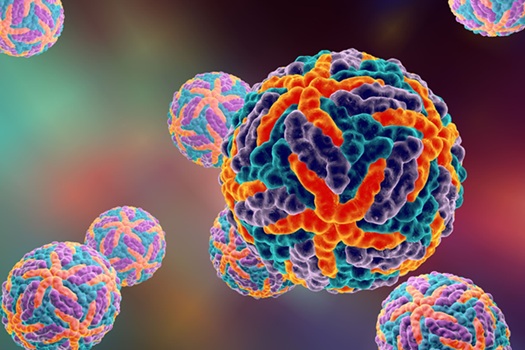New Inkjet-Printed Diagnostics-on-Demand Demonstrated at AACC 2015 
|
By LabMedica International staff writers Posted on 17 Aug 2015 |
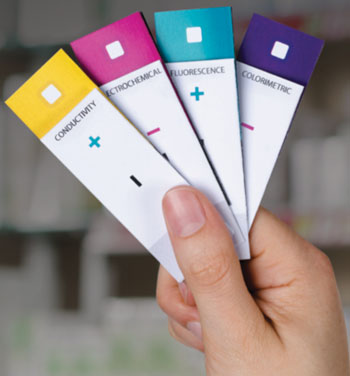
Image: The new “XylemDx” inkjet printing based technology turns a sheet of paper into any one of a variety of rapid, lower-cost tests. Each can be configured with a custom set of test modules before being folded concertina-style into the traditional test cartridge shape (Photo courtesy of Cambridge Consultants).

Image: Example of an open diagnostic test cartridge made using the breakthrough “XylemDx” inkjet printing based technology to custom-print any one of a variety of test modules onto a single sheet of paper (Photo courtesy of Cambridge Consultants).
An inkjet-based innovation for high-tech printing on paper opens the door to lower cost, rapid (point-of-care) POC testing, and was demonstrated during the 2015 AACC Meeting & Clinical Lab Expo (July 26-30; Atlanta, GA, USA).
The new XylemDx technology developed Cambridge Consultants (Cambridge, UK) is set to bring a breakthrough innovation to POC diagnostics. Ingenious use of inkjet printing techniques has made it possible to create a test cartridge from a single sheet of paper, paving the way for sophisticated low-cost tests that can be adapted at the touch of a button. Also, the digital fabrication technique (once regulatory approval is secured) will give the flexibility to print tests in quantities from one to millions.
Aging populations, the drive for healthcare efficiency, and the rapid rise of “consumer healthcare”—where people manage their own health and well-being—are fueling an increase in POC diagnostics. But the high cost of POC tests compared with centralized lab tests is a challenge. XylemDx enables simple, low-cost, near-instant personalized testing, for example, at the pharmacy or doctor’s surgery, for signs ranging from the latest strain of the flu virus to biomarkers for genetic conditions. In developing countries, it could play a crucial role in mobile-clinic diagnostics and in pandemic monitoring and screening of large populations during an outbreak of Ebola, for example.
XylemDx turns a sheet of paper into any one of a variety of different tests, each of which can be produced on the same fabrication device. Each test paper can be configured with a custom set of test modules (such as electronic, thermal, fluidic, optical, or biological reagent modules) before being folded concertina-style into the traditional test cartridge shape. For diagnostic manufacturers, this opens up the possibility of low-cost prototyping and development, as well as a universal production methodology. The modules “toolbox” enables customization for a particular patient or specific strain of disease.
The test modules are printed with inkjet-based printing techniques that use wax to lay down fluidic pathways, electronic ink containing silver nanoparticles to allow electrical connectivity, and so on. The paper cartridges can be configured for various samples types (such as blood, urine, saliva, or mucus) and various readers (from complex diagnostic instruments to a reader on the back of a smartphone or a simple USB-powered device).
“Diagnostic tests underpin crucial healthcare decisions so it’s vital they are as fast, accurate, flexible, and cost-effective as possible,” said John Pritchard, head of diagnostics at Cambridge Consultants, “Cambridge Consultants has a rich history of inkjet printing and we’ve now brought that expertise to the world of POC diagnostics. Combined with our extensive scientific and engineering knowledge—including our long track record in the low-cost, high-performance optics that many of these tests require—it’s resulted in a radical new way of providing diagnostics on demand.”
Related Links:
Cambridge Consultants
The new XylemDx technology developed Cambridge Consultants (Cambridge, UK) is set to bring a breakthrough innovation to POC diagnostics. Ingenious use of inkjet printing techniques has made it possible to create a test cartridge from a single sheet of paper, paving the way for sophisticated low-cost tests that can be adapted at the touch of a button. Also, the digital fabrication technique (once regulatory approval is secured) will give the flexibility to print tests in quantities from one to millions.
Aging populations, the drive for healthcare efficiency, and the rapid rise of “consumer healthcare”—where people manage their own health and well-being—are fueling an increase in POC diagnostics. But the high cost of POC tests compared with centralized lab tests is a challenge. XylemDx enables simple, low-cost, near-instant personalized testing, for example, at the pharmacy or doctor’s surgery, for signs ranging from the latest strain of the flu virus to biomarkers for genetic conditions. In developing countries, it could play a crucial role in mobile-clinic diagnostics and in pandemic monitoring and screening of large populations during an outbreak of Ebola, for example.
XylemDx turns a sheet of paper into any one of a variety of different tests, each of which can be produced on the same fabrication device. Each test paper can be configured with a custom set of test modules (such as electronic, thermal, fluidic, optical, or biological reagent modules) before being folded concertina-style into the traditional test cartridge shape. For diagnostic manufacturers, this opens up the possibility of low-cost prototyping and development, as well as a universal production methodology. The modules “toolbox” enables customization for a particular patient or specific strain of disease.
The test modules are printed with inkjet-based printing techniques that use wax to lay down fluidic pathways, electronic ink containing silver nanoparticles to allow electrical connectivity, and so on. The paper cartridges can be configured for various samples types (such as blood, urine, saliva, or mucus) and various readers (from complex diagnostic instruments to a reader on the back of a smartphone or a simple USB-powered device).
“Diagnostic tests underpin crucial healthcare decisions so it’s vital they are as fast, accurate, flexible, and cost-effective as possible,” said John Pritchard, head of diagnostics at Cambridge Consultants, “Cambridge Consultants has a rich history of inkjet printing and we’ve now brought that expertise to the world of POC diagnostics. Combined with our extensive scientific and engineering knowledge—including our long track record in the low-cost, high-performance optics that many of these tests require—it’s resulted in a radical new way of providing diagnostics on demand.”
Related Links:
Cambridge Consultants
Latest Technology News
- AI Model Achieves Breakthrough Accuracy in Ovarian Cancer Detection
- Portable Biosensor Diagnoses Psychiatric Disorders Using Saliva Samples
- Cell-Sorting Device Uses Electromagnetic Levitation to Precisely Direct Cell Movement

- Embedded GPU Platform Enables Rapid Blood Profiling for POC Diagnostics
- Viral Biosensor Test Simultaneously Detects Hepatitis and HIV
- Acoustofluidic Device to Transform Point-Of-Care sEV-Based Diagnostics
- AI Algorithm Assesses Progressive Decline in Kidney Function
- Taste-Based Influenza Test Could Replace Nasal Swabs with Chewing Gum
- 3D Micro-Printed Sensors to Advance On-Chip Biosensing for Early Disease Detection
- Hybrid Pipette Combines Manual Control with Fast Electronic Aliquoting
- Coral-Inspired Capsule Samples Hidden Bacteria from Small Intestine
Channels
Clinical Chemistry
view channel
VOCs Show Promise for Early Multi-Cancer Detection
Early cancer detection is critical to improving survival rates, but most current screening methods focus on individual cancer types and often involve invasive procedures. This makes it difficult to identify... Read more
Portable Raman Spectroscopy Offers Cost-Effective Kidney Disease Diagnosis at POC
Kidney disease is typically diagnosed through blood or urine tests, often when patients present with symptoms such as blood in urine, shortness of breath, or weight loss. While these tests are common,... Read moreMolecular Diagnostics
view channel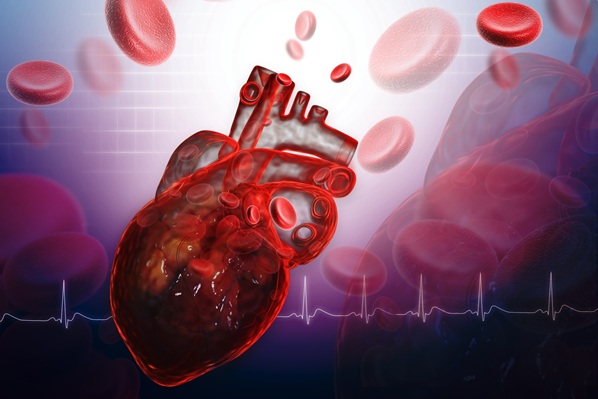
New Biomarker Panel to Improve Heart Failure Diagnosis in Women
Heart failure affects millions worldwide, yet many women are still misdiagnosed or diagnosed too late. Although heart failure broadly means the heart cannot pump enough blood to the body’s cells, its two... Read more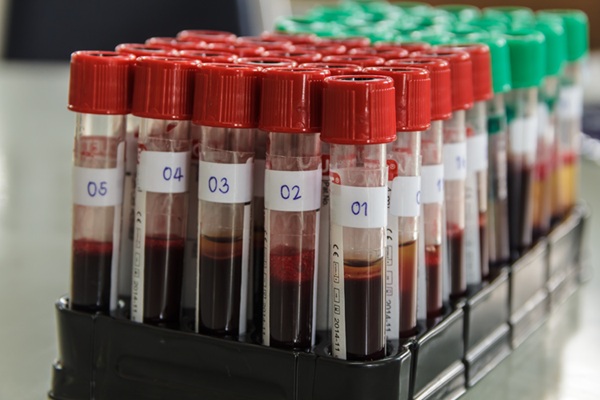
Dual Blood Biomarkers Improve ALS Diagnostic Accuracy
Diagnosing amyotrophic lateral sclerosis (ALS) remains difficult even with advanced imaging and genetic tools, especially when clinicians must distinguish it from other neurodegenerative conditions that... Read moreHematology
view channel
ADLM’s New Coagulation Testing Guidance to Improve Care for Patients on Blood Thinners
Direct oral anticoagulants (DOACs) are one of the most common types of blood thinners. Patients take them to prevent a host of complications that could arise from blood clotting, including stroke, deep... Read more
Viscoelastic Testing Could Improve Treatment of Maternal Hemorrhage
Postpartum hemorrhage, severe bleeding after childbirth, remains one of the leading causes of maternal mortality worldwide, yet many of these deaths are preventable. Standard care can be hindered by delays... Read more
Pioneering Model Measures Radiation Exposure in Blood for Precise Cancer Treatments
Scientists have long focused on protecting organs near tumors during radiotherapy, but blood — a vital, circulating tissue — has largely been excluded from dose calculations. Each blood cell passing through... Read moreImmunology
view channel
Chip Captures Cancer Cells from Blood to Help Select Right Breast Cancer Treatment
Ductal carcinoma in situ (DCIS) accounts for about a quarter of all breast cancer cases and generally carries a good prognosis. This non-invasive form of the disease may or may not become life-threatening.... Read more
Blood-Based Liquid Biopsy Model Analyzes Immunotherapy Effectiveness
Immunotherapy has revolutionized cancer care by harnessing the immune system to fight tumors, yet predicting who will benefit remains a major challenge. Many patients undergo costly and taxing treatment... Read moreMicrobiology
view channel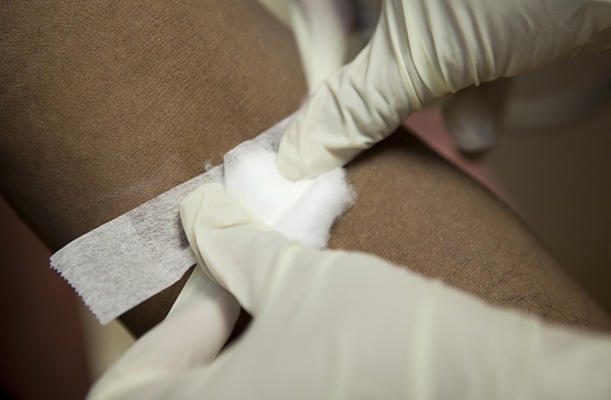
15-Minute Blood Test Diagnoses Life-Threatening Infections in Children
Distinguishing minor childhood illnesses from potentially life-threatening infections such as sepsis or meningitis remains a major challenge in emergency care. Traditional tests can take hours, leaving... Read more
High-Throughput Enteric Panels Detect Multiple GI Bacterial Infections from Single Stool Swab Sample
Gastrointestinal (GI) infections are among the most common causes of illness worldwide, leading to over 1.7 million deaths annually and placing a heavy burden on healthcare systems. Conventional diagnostic... Read morePathology
view channel
AI Tool Improves Accuracy of Skin Cancer Detection
Diagnosing melanoma accurately in people with darker skin remains a longstanding challenge. Many existing artificial intelligence (AI) tools detect skin cancer more reliably in lighter skin tones, often... Read more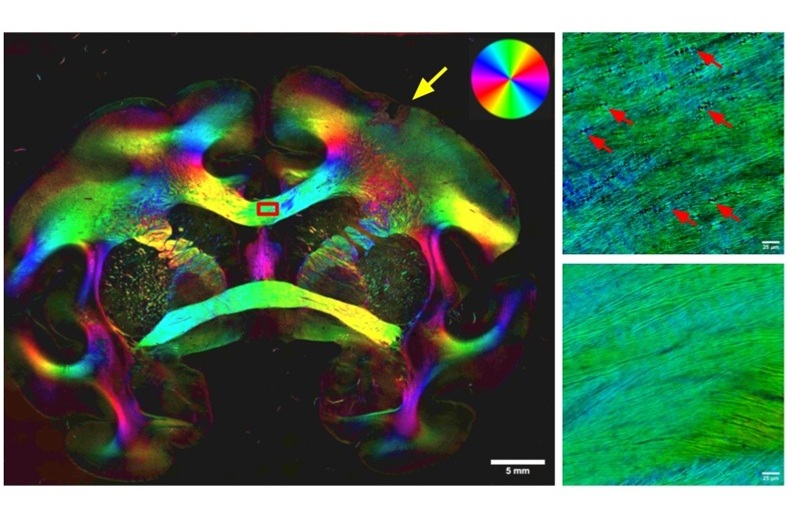
Highly Sensitive Imaging Technique Detects Myelin Damage
Damage to myelin—the insulating layer that helps brain cells function efficiently—is a hallmark of many neurodegenerative diseases, age-related decline, and traumatic injuries. However, studying this damage... Read moreIndustry
view channel
Co-Diagnostics Forms New Business Unit to Develop AI-Powered Diagnostics
Co-Diagnostics, Inc. (Salt Lake City, UT, USA) has formed a new artificial intelligence (AI) business unit to integrate the company's existing and planned AI applications into its Co-Dx Primer Ai platform.... Read more













